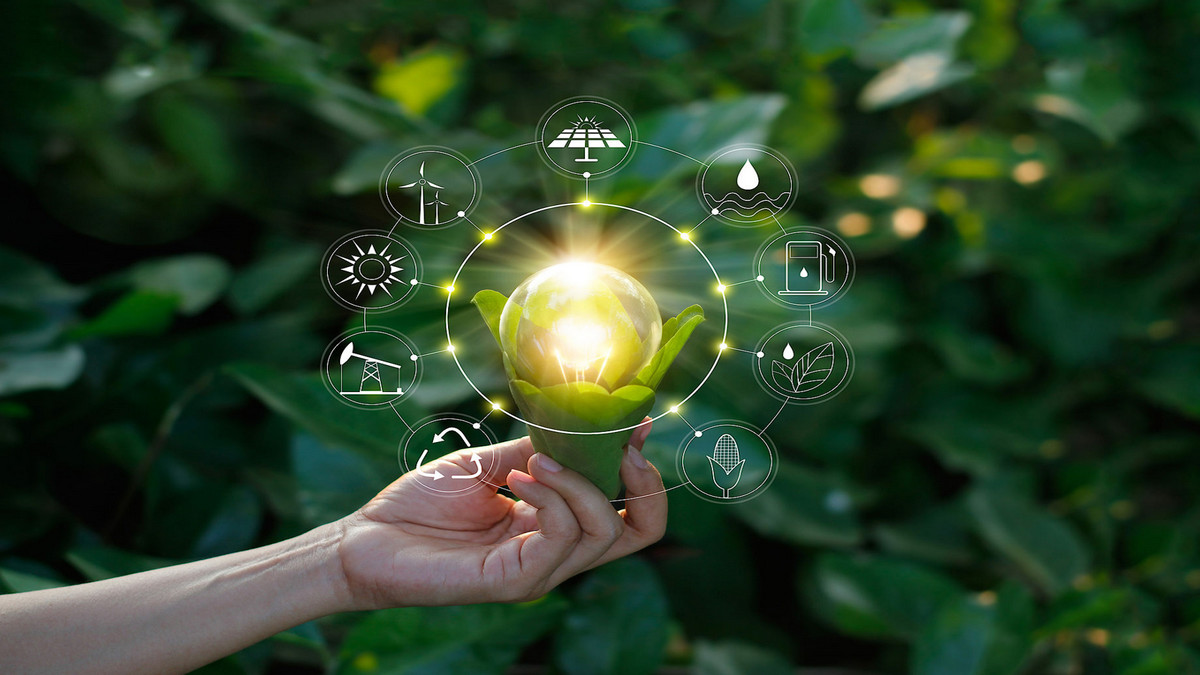Bioeconomy has attracted widespread attention. Bioeconomy is an economic form based on biological resources and biotechnology and based on the market operation of biotechnology products.
What is the Bioeconomy?
Bioeconomy is an economy based on the sustainable utilization of biological resources and biotechnology, and the production, distribution, and use of biotechnology products. The bioeconomy includes three major fields: health, industry, and agriculture. Bioeconomy refers to an economic pattern developed into products and services based on biological resources or biotechnology, as well as other related economic activities guided and derived by it. The bioeconomy is based on the existing biotechnology and expanded to the pharmaceutical industry and its service industry, medical equipment, and its service industry, health care, industry, and agriculture, etc., so it can drive the development of industries in many fields. The bioeconomy is an important industrial direction in various countries because it can solve social problems such as health, food, and energy. Many advanced countries in the world have designed their bio-economy or biotechnology development plans according to their characteristics and economic environment.
Bioeconomy has epoch-making significance and contains an unlimited economic value. The development of the social economy will enter the era of the information economy and biological economy from the agricultural economy and industrial economy. The impact of life science and biotechnology on human society far exceeds that of information technology. Biotechnology breeds a new industrial revolution. At present, more than 60% of human biotechnology achievements are applied in the pharmaceutical industry. Biopharmaceuticals are based on the starting materials of microorganisms, parasites, and biological tissues, using biological processes and separation and purification technologies to produce new biological drugs. The use of biotechnology to develop specialty medicines or improve traditional medicines has triggered major changes in the modern pharmaceutical industry. All of the world's top chemical companies are currently investing in biotechnology research. In the future, biotechnology will enter a broad and large-scale industrial stage, and its production use will shift from treating diseases to prolonging the human life cycle and improving the quality of human life.
The bioeconomy is based on the research, development, and application of life sciences and biotechnology, based on health, agriculture, industry, and other related fields. The main strategy is to promote the cross-domain integration of various industries and technology applications. It is a kind of information economy. A completely different new economic model.
Bioeconomy Development Plan:
Key Principles for Bioeconomy Development -
- Adhere to innovation drive: Accelerate the promotion of biotechnology innovation and industrial application, build a national biotechnology strategic scientific and technological force, realize self-reliance and self-improvement in science and technology, and improve the security and stability of the industrial chain and supply chain.
- Adhere to systematic advancement: Promote a better combination of an effective market and a promising government, accelerate the extensive integration and empowerment of biotechnology in multiple fields, and accelerate the cultivation of new technologies, new industries, new formats, and new models in the biological field.
- Adhere to win-win cooperation: Gather global bio-innovation resources, actively participate in global bio-safety governance, promote bilateral and multilateral international cooperation in life sciences and biotechnology, and achieve mutual benefit and win-win bioeconomic benefits.
- Persist in benefiting the people: Adhere to the objective law of harmonious coexistence between man and nature, and better meet the people's growing needs for a better life.
- Adhere to controllable risks: Implement the overall national security concept, implement the biosecurity law, strengthen the construction of the national biosecurity risk prevention and control and governance system, and improve the national biosecurity guarantee capability.
Key Development Areas of Bioeconomy-
- Comply with the new trend from centering on disease treatment to centering on health, and develop biomedicine oriented to people's life and health.
- Comply with the new trend of shifting from food and clothing to diversified nutrition, and develop biological agriculture oriented towards agricultural modernization.
- Comply with the new trend of shifting from pursuing production capacity and efficiency to adhering to ecological priority, and developing green and low-carbon biomass alternative applications.
- Conform to the new trend of shifting from passive defense to active protection, and strengthen the construction of the national biosecurity risk prevention and control and governance system.
Key Tasks of Bioeconomy-
- Vigorously consolidate the foundation of bioeconomic innovation. Accelerate the improvement of biotechnology innovation capabilities, cultivate and strengthen innovative entities with strong competitiveness, optimize the regional layout of bioeconomy innovation and development, and deepen cooperation in bioeconomy innovation.
- Cultivate and expand the pillar industry of bio-economy. Accelerate the development of medical health, bio-agriculture, bio-energy and bio-environmental protection, and bio-information industries.
- Actively promote the protection and utilization of biological resources. Strengthen the protection of biological resources, improve the development and utilization system of biological resources, and standardize the safe sharing of biological resources.
- Accelerate the construction of a biological security system. Improve and improve the basic security system, strengthen the construction of major epidemic prevention and control systems, and effectively build a national biosecurity barrier.
- Efforts to optimize the policy environment in the biological field. Improve market access policies, expand market application space, strengthen intellectual property protection, increase financial investment, strengthen financial support services, strengthen talent echelon construction, strengthen international exchanges and cooperation, and promote policies to be tried first.








.jpg)
.jpg)
.jpg)


.jpg)
